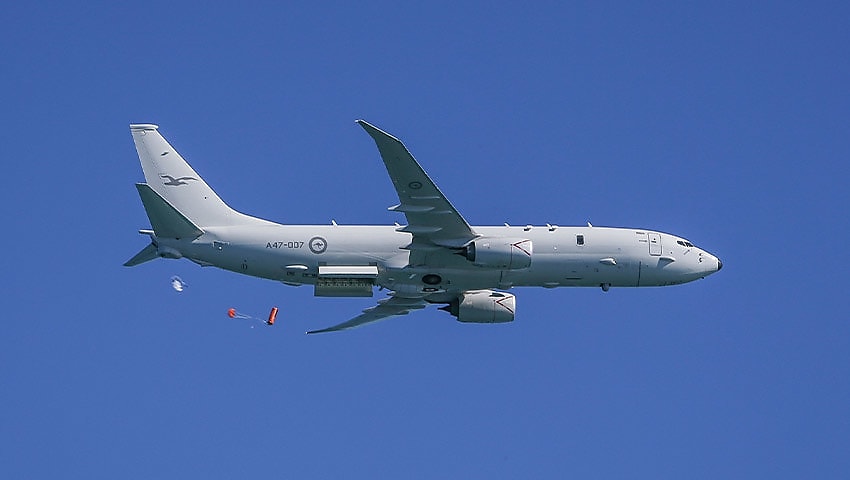Defence Minister Linda Reynolds has confirmed a Royal Australian Air Force P-8A Poseidon maritime patrol aircraft is deploying on Operation ARGOS for the second time this year to enforce United Nations Security Council sanctions on North Korea.
To continue reading the rest of this article, please log in.
Create free account to get unlimited news articles and more!
Operating out of Kadena Air Base in Japan, the Poseidon aircraft will conduct airborne surveillance to monitor and deter illegal shipments of sanctioned goods.
Minister for Defence Linda Reynolds said this latest deployment reinforces Australia’s commitment to stability and security in the region.
“Our commitment to Operation ARGOS demonstrates our resolve for a secure, stable and prosperous Indo-Pacific. Our contribution through dedicated air patrols supports the international campaign to address illicit trade, sanctions evasion and their associated networks,” Minister Reynolds explained.
This operation is part of a multinational force with contributions from countries including Canada, France, Japan, New Zealand, the UK and the US.
The Poseidon aircraft and its crew will deploy from RAAF’s 92 Wing and quarantine at Kadena Air Base in line with Japan’s COVID-19 entry requirements. Operations will commence in late September and are planned to conclude in late October 2020.
This is the seventh deployment of a maritime patrol aircraft by the ADF since the commencement of Operation ARGOS in 2018. The ADF has also deployed naval frigates on three occasions to support the enforcement of United Nations Security Council sanctions on North Korea.
The P-8A Poseidon is designed for long-range anti-submarine warfare; anti-surface warfare; and intelligence, surveillance and reconnaissance missions. It is capable of broad-area maritime and littoral operations. It is also effective for humanitarian and search and rescue missions.
The aircraft has advanced sensors and mission systems, including a state-of-the-art multi-role radar, high definition cameras, and an acoustic system with four times the processing capacity of the AP-3C Orions.
The P-8A is built specifically as a military aircraft. It is based on the proven commercial designs of Boeing's 737-800 fuselage, but has been substantially modified to include:
- A weapons bay;
- Underwing and under-fuselage hardpoints for weapons; and
- Increased strengthening for low level (down to 200 feet) operations and high angle turns.
A derivative of the 737-800 Next Generation, the P-8 combines superior performance and reliability with an advanced mission system that ensures maximum interoperability in the future battlespace.
The P-8A aircraft has an extensive communications system including radios and data links across VHF, UHF, HF and SATCOM. An internal fuel capacity of almost 34 tonnes allows the P-8A to conduct low level anti-submarine warfare missions at a distance of greater than 2,000 kilometres from base. The P-8A will be compatible for air-to-air refuelling with the KC-30A MRTT.
Australia has committed to purchasing 12 P-8A Poseidon aircraft, which will replace the ageing fleet of P-3C Orion aircraft. Australia's first aircraft arrived in Canberra on 16 November 2016, with the remaining 11 aircraft to be delivered by March 2020. IOC for the first eight P-8As is scheduled for the period 2017-20.

 Login
Login







